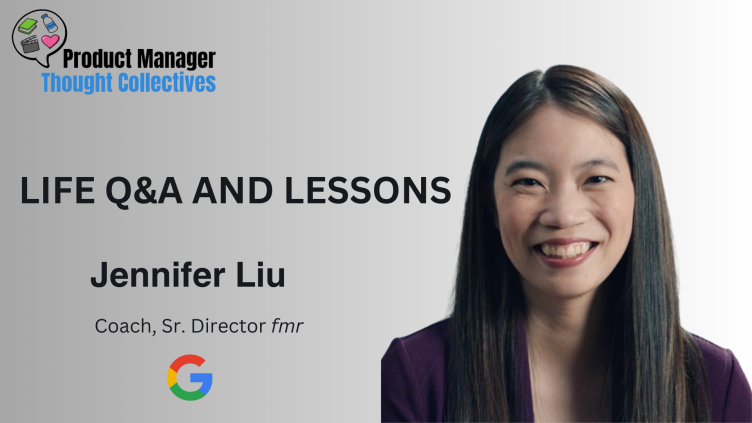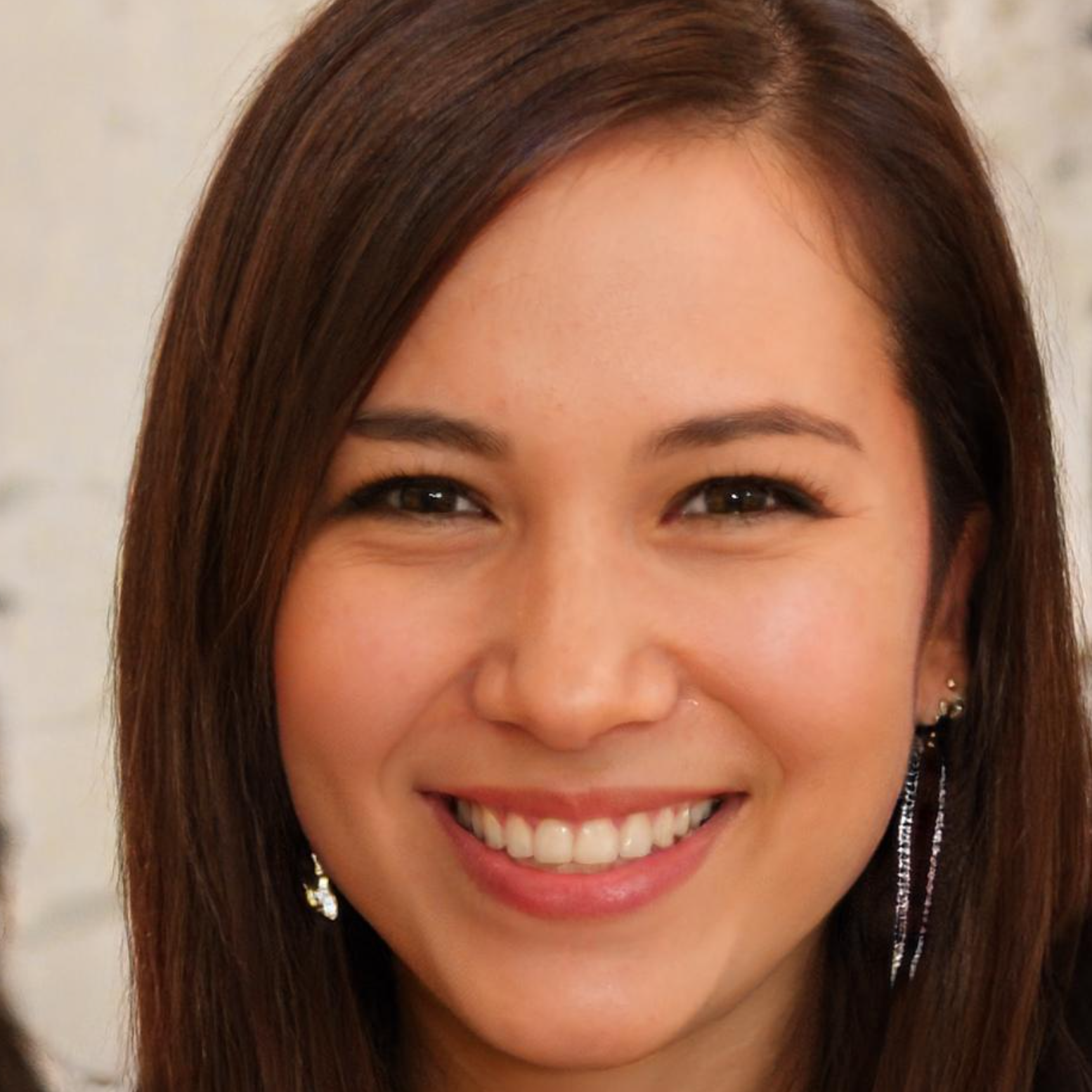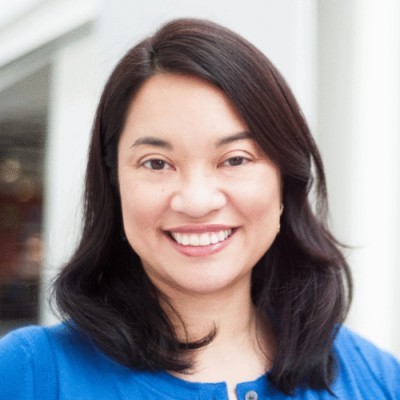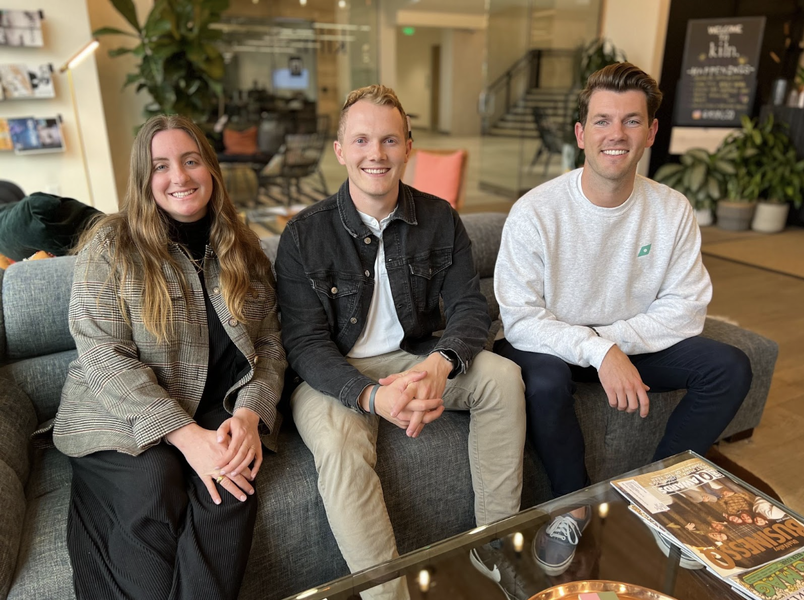Subscribe at https://www.linkedin.com/pulse/life-qa-lessons-former-google-senior-director-jennifer-yiyang-hibner-nunwc/

Can you please introduce yourself as if you were catching up with an old friend?
We often introduce ourselves with a specific job and title, e.g. “I’m a [TITLE] at [COMPANY]”. However, when I think about who I am now, it goes beyond a specific job title. I’ve been fortunate to have multiple titles and experiences in large corporations and mid-size startups, though that’s just one part of the story of who I am.
So if I were to introduce myself as if I were catching up with an old friend, I would share what I’ve learned through the course of my career and how I’ve grown through those experiences.
-- I’ve spent my career in product management growing from ground zero as an associate and working my way up to executive leadership roles at large companies and mid-size startups.
-- I’m a mother of four children so let’s just say that I’m comfortable with chaos! It also gives me a bigger picture perspective when approaching challenges at work and supporting my team.
-- I’m a seasoned leader with 20+ years in the tech industry, where I’ve witnessed the ever-evolving landscape of technology from the beginnings of mobile to new technological advances with AI. I’ve also experienced the highs and lows of the tech industry, from times of high growth to the focus on efficiency during the downturn.
Wow this is so beautifully said! You have had a very successful 17-year career at Google. When you joined as an Associate Product Manager, what was your career goal then? Did you ever imagine growing to a Senior Director role?
To be honest, I didn’t have a meticulously laid-out plan, or at least one that I ended up following 😀. In school, I majored in computer science, but I had a hunch that my career path would likely involve a fusion of business and technology. However, I wasn't entirely clear about the role of product management – and certainly not the differences between product manager, project manager, and program manager, for that matter!
My original plan was to study computer science, work as a software engineer, and then pursue an MBA. However, when I landed the opportunity to join Google's APM program, I decided to take a leap and learn as I go! I had minimal knowledge about product management when I started, to the point where I had to Google what a "PRD" was! It was a journey of trial and error, and I had to learn on the go. The advantage was that I didn't have preconceived notions, so I was open to experimenting and discovering what worked. This approach still influences my approach to learn and adapt in different workplace environments today.
My advice to others is to set a general direction for your career and stay open to evolution as you gain experience and insight. Don't just focus on the immediate next step, as that may lead to optimizing for the short term. Instead, consider the long term and think a couple of steps ahead, then work backward to build your path.
Anything you wish you had done differently at Google?
I generally prefer to not dwell on regrets, but I do believe that life doesn't always unfold according to plans. However, in hindsight, I’ve come to learn that there’s still value and wisdom gained even when things didn’t go as intended. In fact, sometimes the deviations from our plans end up leading to unexpected, and often better, outcomes – a lesson I've come to embrace over time.
As my career progressed, I held onto a fundamental philosophy instilled in me by my parents from a young age: work hard. It served me well during my college years, but eventually, I hit a point where pushing harder and sacrificing sleep could only take me so far. I realized that working tirelessly wasn't always the solution. There are moments when taking a step back, considering the people involved, and understanding the dynamics at play become just as crucial, if not more so, than simply working harder. Life isn't always fair, and it often throws unexpected twists and turns our way. This realization has been an evolving lesson throughout my career journey.
I often joke that preparing a promotion packet at a large company like Google can feel like defending a PhD thesis (or at least the intensity that I imagine as I don’t hold a PhD myself). The process can often involve iterating through the packet multiple times along with a lot of work behind the scenes to make the case.
Sometimes the trickiest part is knowing when is the right time to go for that promotion. Personally, I grappled with feelings of self-doubt, and at times feared the possibility of rejection so much so that I was willing to delay trying. And I’ll be honest, getting a “No” in a packet certainly does sting and hurt your ego. However, with the benefit of hindsight, I’ve come to realize that not trying is the same as a rejection, the difference is your ego.
So my recommendation is to understand which way you lean… do you lean conservative or aggressive going for promotion? Given that understanding, you can then find ways to balance yourself out for a more thoughtful approach. For those who lean like me, there will be times when you should take that leap, understanding that the worst-case scenario is a temporary ego hit if things don't go your way.
Who impacted you or inspired you the most in your life?
In my professional journey, I consider myself incredibly fortunate to have had exceptional managers early in my career. They set a high bar for what it means to be a great manager, and I was determined to follow in their footsteps and pay it forward when I eventually became a manager myself. Their influence laid a strong foundation, one that I still carry with me. I can vividly recall the feelings I had while working with those managers – a sense of purpose, acknowledgment, and the thrill of being challenged. These emotions serve as a constant reminder of how to motivate and inspire my own team.
On a personal note, the person who has had the most profound influence on me is undoubtedly my mother. She faced a lifelong battle with mental illness and disorders, starting with postpartum depression after my birth and escalating from there. It may sound unusual to label this as an inspiration, but through her struggles, I developed a deep well of empathy. This empathy has proven invaluable in my career, allowing me to connect with customers and users on a profound level, to discern the unspoken feelings behind their words.
It's easy to place managers and leaders on pedestals, expecting them to have all the answers, but they are human too. The same applies to our parents; they are also human, as I've come to understand more profoundly since becoming a parent myself. Recognizing this human aspect in managers and leaders, acknowledging their struggles and insecurities, adds a new layer of perspective. It reminds us that perfection isn't the goal, and sometimes unexpected or challenging experiences in our lives can provide a richer perspective and become a source of strength.
What are some skills you have to learn v.s. Unlearn as a career coach compared to a product executive?
Right now, my primary focus is coaching leaders in product and tech where I spent the past couple decades of my career, so I can relate to their challenges and best support them.
However, there's a crucial skill to unlearn in this new role. As a coach, it can be tempting to jump into problem-solving mode, but it's essential to remember that you're not a manager, and you don't possess the complete context of their organization. The information you receive is often filtered through the lens of a single person's perspective. Thus, your role isn't primarily about solving the problem outright or dictating a solution. Instead, it's about supporting and empowering the individual.
It's a shift from "how do we solve the problem" to "how can I support you in becoming the best version of yourself to address the situation at hand." The emphasis lies in the person rather than the specific problem as a priority.
What are some things people normally don’t know about you?
People may not know, or expect, that I’m actually quite comfortable with different extremes of personalities!
Personally, I tend to gravitate towards a calmer disposition, a trait possibly influenced by my father's role as a Daoist priest. However, my upbringing was characterized by a stark contrast, as my mother is quite expressive and occasionally uses colorful language in Chinese 😁.
As a result, I've grown comfortable in workplace settings with individuals at both ends of the personality spectrum. I'm at ease with those who are more outspoken or swear often, understanding that such traits don't necessarily imply unkindness. I’m also comfortable with those who are more introverted or choose their words carefully.
The valuable lesson here is that while this is a part of who I am, there exists a rich tapestry of personalities and leadership styles in the world. I am genuinely comfortable interacting with individuals possessing a wide range of personalities, whether they align with or differ from my own disposition.
If our readers are interested in learning more about your coaching, how should they reach out? Do you have any limitations on what kind of clients you take?
The most straightforward way to connect with me is through LinkedIn, where you can find links to reach out or schedule time with me. Coaching, for me, is a deep-seated passion, and it's all about how I can assist you on a personal level, transcending the boundaries of job titles or career stages. I work with individuals across a wide spectrum, focusing on understanding their unique needs and delivering value accordingly.








